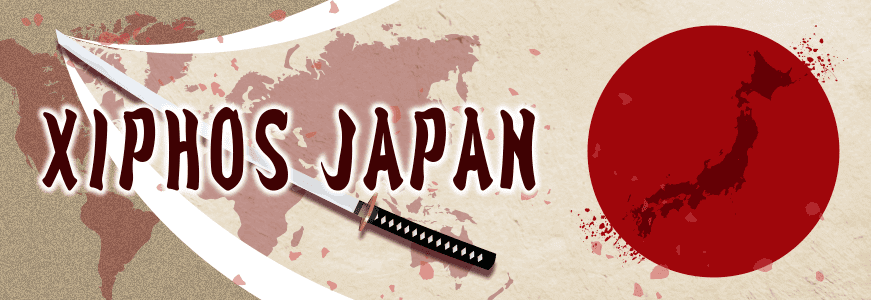 Japan’s population pyramid is gradually shifting from a triangular shape to an inverted triangle, due to the effects of falling birthrates and an ageing population. Traditionally, the elderly accounted for 10-20% of the population, but this has now risen to around 30%.
Japan’s population pyramid is gradually shifting from a triangular shape to an inverted triangle, due to the effects of falling birthrates and an ageing population. Traditionally, the elderly accounted for 10-20% of the population, but this has now risen to around 30%.
There are projections that this ratio will accelerate in the future, and the change from a simple ratio of five people covering one elderly person to three people covering one will increasingly increase the burden on those available for work.
With an increasing elderly population, improving healthcare and care systems will be a major issue for Japan in the future, but how is Australia at the forefront of care systems?
Australia differs significantly from Japan in that life in old age is more stable than in Japan. There is an Australian version of national health insurance called Medicare, which provides free medical care as long as you receive it in public, and there are substantial government funds for long-term care.
This is very different from Japan, where a fixed monthly outlay is required to access a reasonable level of service, even at an age when it is no longer possible to join long-term care insurance or work.
Although some parts of the system are more taxed than others, such as income tax and whatnot, the Australian system is superior in that you have less money to worry about when you reach an age where you find it difficult to work.
Although there are facilities for the elderly requiring severe nursing care, and terrace houses and apartment-style facilities that bring together people of a certain level of affluence and provide comprehensive care in a village-like setting, today people receive care in familiar surroundings, while continuing to live their lives. The main focus is on home care.
The levels of home care are similar to Japan in that they are categorised according to the level and frequency of daily living support needs, but in Japan it is the job of individual care managers to determine the level of care, and this is done by them.
In Australia, ACAT (Aged Care Assessment Team) is a care assessment organisation consisting of doctors, nurses, social workers, physiotherapists and occupational therapists, etc., who share opinions from their respective fields and make decisions on the level of care and the most appropriate care services for each individual as a team decision.
The team is responsible for making decisions on the level of care and providing the most appropriate care services for each individual.
Older people enrolled in ACAT are classified into levels 1-8 according to the Residential Classification Scale (RCS) assessment table. If the severity of care is high, they will be allocated to a nursing home, and if the percentage of care is moderate, they will be allocated to care in their own home.
There are two types of financial support schemes available to people receiving nursing care at home: carer’s fees and carer’s allowance.
It is true that not only the care recipient receives financial support, but also the person supporting the person in need of care also has to bear a financial and emotional burden. The government’s assistance with the financial part of this support is a system that can be relied upon to help people lead healthy and sound lives.
The care system for the aged in Japan and Australia is very different. Of course, it is difficult to say which system should be adopted because of the differences in culture and background, but the Australian system has many advantages in terms of enabling people to live a stress-free life as usual, and the good points should be adopted in Japan.







